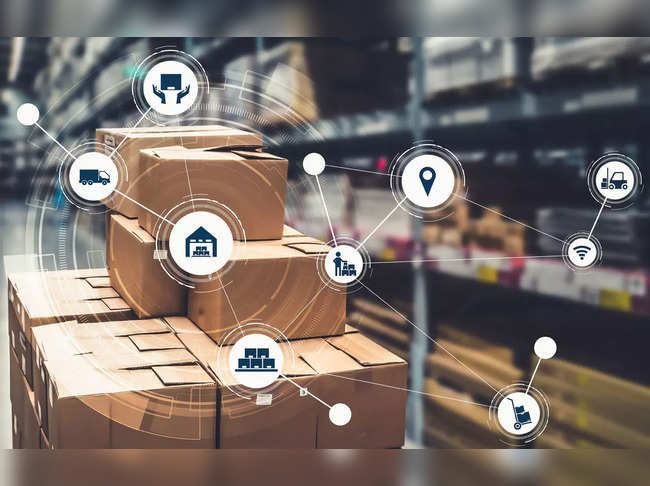 iStock
iStockCOP26 highlighted the need for action on many fronts, including carbon and emissions reductions, a reverse of deforestation, alignment of the finance sector with environmental goals, and phasing out of coal and the internal combustion engine. In addition, there is a need to accelerate impact before 2030 to ensure the achievement of long-term goals, requiring a focus on reporting and disclosure. The influence of the investment community and regulatory requirements will throw into immediate focus initiatives that can help drive improvements, document outcomes and support future organizational vision from a technology viewpoint. IDC has developed indices that show the impact of sustainability initiatives coupled with digitalization strategies to assist these outcomes and ensure long-term profit and revenue performance beyond their less sustainable and less digital counterparts. The link to economic success drives society to allocate financial, material, and labor resources to assure the achievement of sustainability outcomes.
Additionally, some of the western economies are already mandating supply chain diligence obligations through an incentive structure to ensure organizations have further motivation to mitigate issues around environmental damage. We already see the evidence of these initiatives influencing organizations' short-term investments by targeting technologies that aid in measuring metrics that identify their respective carbon footprint and adherence to environmental, social, and corporate governance (ESG) requirements. As a result, in the Asia/Pacific region, portions of manufacturing company IT budgets are starting to address sustainability specifically. In the recent IDC manufacturing insights survey, almost 30% had invested more than 10% of their overall IT budget towards IT-led sustainability initiatives, with 22% investing more than 20%.
IDC also predicts that by 2024, two-thirds of global organizations will be tracking their diversity, equity, and inclusion (DE&I) performance using ESG metrics and KPIs. Regional compliance requirements and long-term organizational vision will add additional pressure to the need to ensure progress in this area. Several companies have been relying on a policy led approach that allows them to measure metrics that highlight their DE&I initiative progress and how it influences their long-term vision. These metrics would also enable themselves to benchmark against the industry and competition.
In terms of core technologies to support this, investments centered around IoT, cloud and big data analytics that allow real-time data tracking, monitoring, and management across the value chain are being made. IDC's research also shows an increasing traction towards enterprise applications that allow organizations to map out workforce participation and management across their operations footprint.
The reliance on traditional applications, albeit with more integrated data analytics capabilities, has been one of the fundamental changes observed to start tracking their sustainability initiatives. For instance, to better aid organizations in monitoring their core process parameters, Microsoft rolled out a Sustainability Calculator that can calculate the carbon emissions from the organizations' IT infrastructure. Some of the other major cloud service providers and independent software vendors (ISVs) have also started providing modules that can help audit and track these metrics across their complete value chain. This is the first step in providing more visibility and accountability for organizations who are seeking to collect and report on sustainability data related to technology, and with analytics capabilities, allows them to optimize usage to reduce their environmental impact.
In addition, as organizations seek to increase their impact across their adjacent ecosystems, they will need to prioritize frameworks that allow them to run their respective supply chain sustainably. These changes could be in the form of closed-loop design principles embedded in circular economy models. As a result, organizations will look to target the transformation of raw material to finished product sustainably, reduce and/or reuse components, and incorporate recyclability as an essential aspect of the product lifecycle management methodology. These require near seamless process maps and IT infrastructure to both support and scale these drives on an ongoing basis and between value chain partners.
As organizations transition towards an integrated sustainability approach, the focus will be on how well they balance their tactical goals with strategic outcomes. From a recommendation point of view, organizations need to:
- Think of sustainability and how it underpins the management and execution of your entire supply chain
- Consider the implications of energy usage, care and disposal, scale, and other factors when making IT decisions, including factoring in the environmental costs for cloud versus on-premises IT infrastructure to support business capabilities.
- Consider governance models for ownership of data and how the solutions will integrate across a broader systems landscape.
- Make DE&I an essential and core element of their sustainability strategy and track metrics continuously to gage the progress of its initiatives
- Include data visibility access provisions that support sustainable development and transparency in supply chain partner service-level agreements (SLAs) that will ensure protection of IP to engender trust and support innovation.
Read More News on
(Catch all the Business News, Breaking News, Union Budget 2024 Events and Latest News Updates on The Economic Times.)
Subscribe to The Economic Times Prime and read the ET ePaper online.
Read More News on
(Catch all the Business News, Breaking News, Union Budget 2024 Events and Latest News Updates on The Economic Times.)
Subscribe to The Economic Times Prime and read the ET ePaper online.











 Get Unlimited Access to The Economic Times
Get Unlimited Access to The Economic Times
